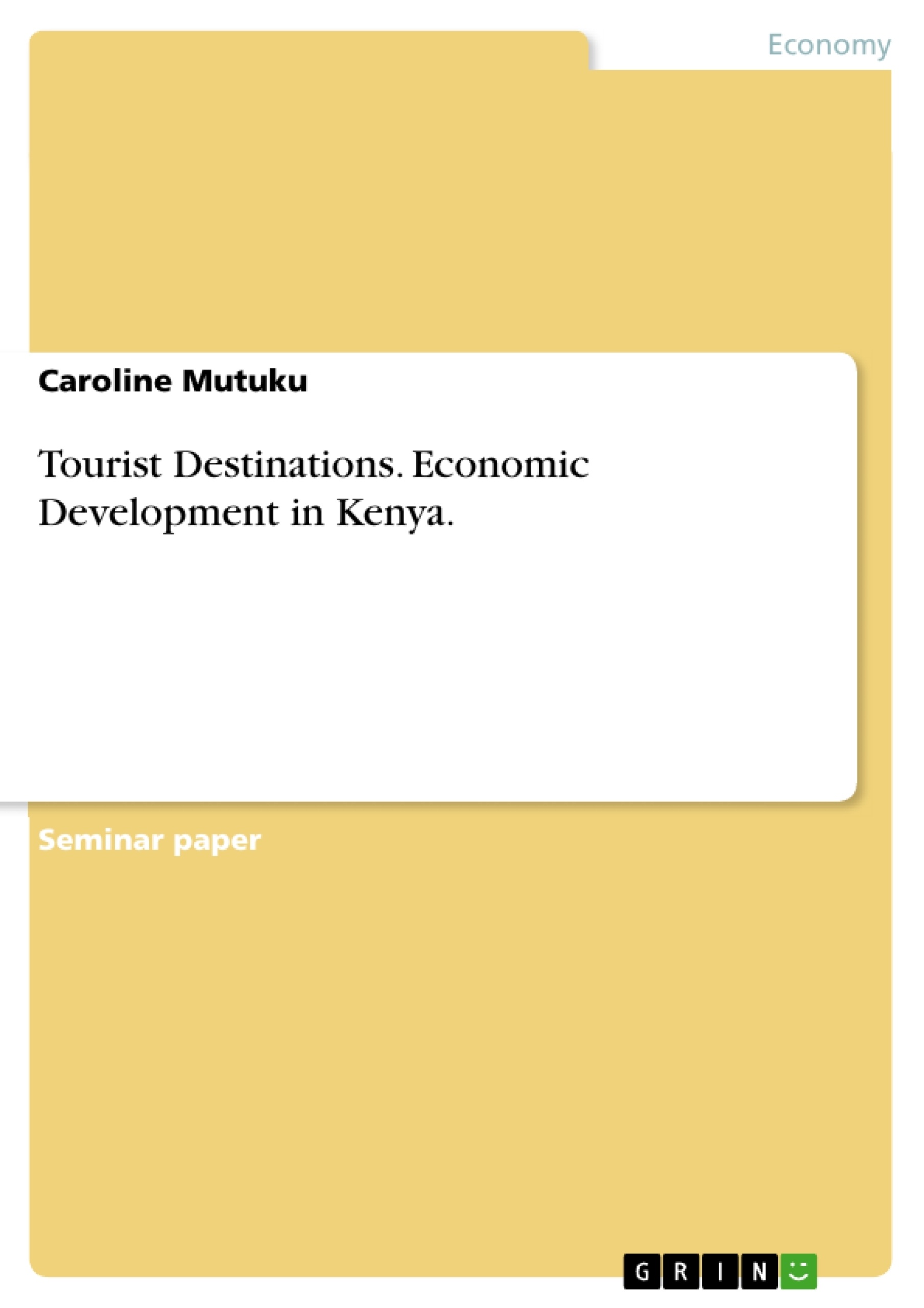Kenya is the fourth largest economy in Sub-Saharan Africa with a GDP of 29.5 billion and an annual growth rate of 2.6 percent. Kenya is also the largest economy in East Africa and this has helped in positioning the country as an infrastructural, industrial, financial, and economic hub in East and Central Africa.
Kenya has a vibrant economy endowed with several natural resources including soda ash, wildlife, and agriculture with tea and coffee being the main exports from the country. Agriculture is the main economic contributor with a GDP of 25 percent to the economy. The service-based economy is changing with many manufacturing companies arising in the production of food beverages, cement, stone plaster, and chemicals thus giving the country a comparative advantage in the global market.
Despite the current growth rate in the country, the International Labour Organization (ILO) Report indicates that the poverty levels in the country are still high with 20 percent of the population living in less that 1.25USD a day, and half of the Kenya population is living below the poverty line. With a population of 45 million people, the employment levels in the country especially in urban areas are a challenge to the country.
Inhaltsverzeichnis (Table of Contents)
- Introduction
- Data on Growth and Other Key Indicators
- GDP Growth
- Growth in Foreign Direct Investments
- Industrial Output
- Political Stability and Social Factors
Zielsetzung und Themenschwerpunkte (Objectives and Key Themes)
This text provides an overview of the economic development in Kenya, analyzing key indicators and examining the factors contributing to growth and potential challenges.
- Economic growth and development in Kenya
- Impact of foreign direct investments and industrial output
- Political stability and its role in economic progress
- Challenges faced by the Kenyan economy, including poverty, unemployment, and external threats
- The role of the government in fostering economic development
Zusammenfassung der Kapitel (Chapter Summaries)
- Introduction: This chapter introduces Kenya's economic context, highlighting its position as a regional economic hub and outlining key industries like agriculture and services. It also mentions challenges like poverty and unemployment.
- Data on Growth and Other Key Indicators: This chapter examines various economic indicators, including GDP growth, foreign direct investments, and industrial output. It analyzes trends, factors contributing to growth, and challenges like fluctuating exchange rates and political uncertainties.
- Political Stability and Social Factors: This chapter discusses political stability and its impact on the economy. It mentions the importance of the 2010 constitution, the devolution of resources, and the challenges posed by external terrorism threats.
Schlüsselwörter (Keywords)
This text focuses on key terms like economic growth, foreign direct investments, industrial output, political stability, poverty, unemployment, terrorism, and the role of the government in fostering economic development in Kenya.
- Quote paper
- Caroline Mutuku (Author), 2018, Tourist Destinations. Economic Development in Kenya., Munich, GRIN Verlag, https://www.grin.com/document/424588



